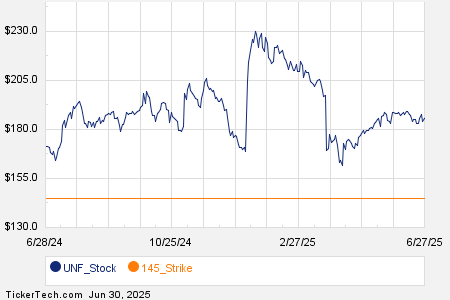Blue Bird Corporation (NASDAQ:BLBD), which designs and manufactures school buses, is one of the latest big winners in the electric vehicle (EV) segment. The stock has recently extended its gains after a strong earnings report and has gained 93.2% over 12 months. I’m bullish on Blue Bird, given its strong growth trajectory and impressive valuation, although I’m slightly wary that subsidies — like the current U.S. clean bus program — do not always deliver the expected long-run results.

Blue Bird’s Tailwinds
In its Q2earnings call Blue Bird’s management suggested that the company was in a very different position versus a year ago. Management noted that bus prices were up significantly and that the “unprecedented Clean school bus program” had represented a huge tailwind for the electric bus sector with second-quarter deliveries surging.
In Q2, adjusted earnings for Blue Bird more than tripled to $0.89 per share. That smashed the consensus estimate of $0.48. Revenue increased by 15% to $346 million, surpassing the average estimate of $298.4 million. The company ended its fiscal second quarter with approximately 500 electric vehicle orders, which management described as “very strong” — a 56% increase from the previous year.
Moreover, Blue Bird raised its full-year revenue outlook to $1.275-$1.325 billion and updated its forecast for adjusted EBITDA to $145-165 million. Unsurprisingly, the stock surged on the earnings beat, finishing 31% higher.
Blue Bird’s Gravy Train
The Environment Protection Agency’s (EPA) Clean School Bus Program provides over $5 billion in funding to replace the country’s existing school buses with zero-emission and low-emission models. This has represented a huge boost for Blue Bird and its peers, with the program’s funding covering the years 2022-26.
According to the EPA, the agency has awarded almost $2 billion to fund approximately 5,000 school bus replacements to date. This infers that there is still $3 billion of funding remaining through 2024-26. That’s a significant tailwind and one that provides Blue Bird with greater order book visibility.
However, there are some dangers associated with these types of subsidy/government-funded programs. As a Brit, I’ve heard our government repeat time and time again that subsidies can make companies hopelessly reliant on handouts, and when these programs end, the companies are uncompetitive.
There are obviously two sides to this argument, but I thought it was worthwhile highlighting that subsidy schemes aren’t always seen as positive. With regards to Blue Bird, a well-run business will use this opportunity to enhance margins and reinvest in its business. That’s exactly what management appears to be doing.
“The higher margins and higher owner loyalty from these products contributed to our property improvement in the second quarter. We’ll continue to reinvest back into the business by selectively upgrading facilities and installing lean manufacturing processes and enhancing the plant working environment,” Phil Horlock, CEO of Blue Bird, said in the Q2earnings call
It’s also important to recognize that EVs are not the majority part of its business. As management highlighted in theearnings call “Our backlog at the end of Q2 has grown and continues to be very strong at over 5,900 units and $850 million, including 8% EVs.”
An Impressive Value Proposition
Blue Bird is currently trading at 21.3x forward GAAP earnings. That’s certainly not particularly expensive, given what we know about the electrification agenda. There are obvious tailwinds in this sector, including the desire to take polluting buses off school campuses.
However, analysts are very bullish on Blue Bird’s growth trajectory. Analysts expect Blue Bird’s earnings to grow at 32.1% annually over the medium term — the next three to five years. In turn, that means that the stock’s price-to-earnings-to-growth ratio currently sits at 0.64x. That’s a very attractive ratio (under 1.0x is generally considered to be undervalued).
Blue Bird also has a remarkably strong financial position. At the end of Q2, the company had virtually no debt and $236 million of liquidity. This also contributes to an attractive EV-to-EBITDA ratio of 11.2x.
Is Blue Bird Stock a Buy, According to Analysts?
On TipRanks, BLBD comes in as a Strong Buy based on six Buy ratings assigned by analysts in the past three months. There are no Hold or Sell ratings. The average Blue Bird stock price target is $52.80, implying 1.5% downside potential.

The Bottom Line on Blue Bird Stock
First, I think it’s worth highlighting that bullish analysts haven’t been able to keep up with the surging share price. The implied downside appears to be a reflection of the fact that analysts don’t update their ratings all the time. Nonetheless, given the earnings beat and the company’s own guidance upgrade, I’d expect to see the average share price target increase in the coming weeks.
Personally, I see Blue Bird as a strong investment opportunity and am bullish on the stock. Blue Bird has impressive metrics, a strong financial position, and is experiencing several tailwinds right now with the EV segment growing rapidly.
Disclosure
The views and opinions expressed herein are the views and opinions of the author and do not necessarily reflect those of Nasdaq, Inc.







